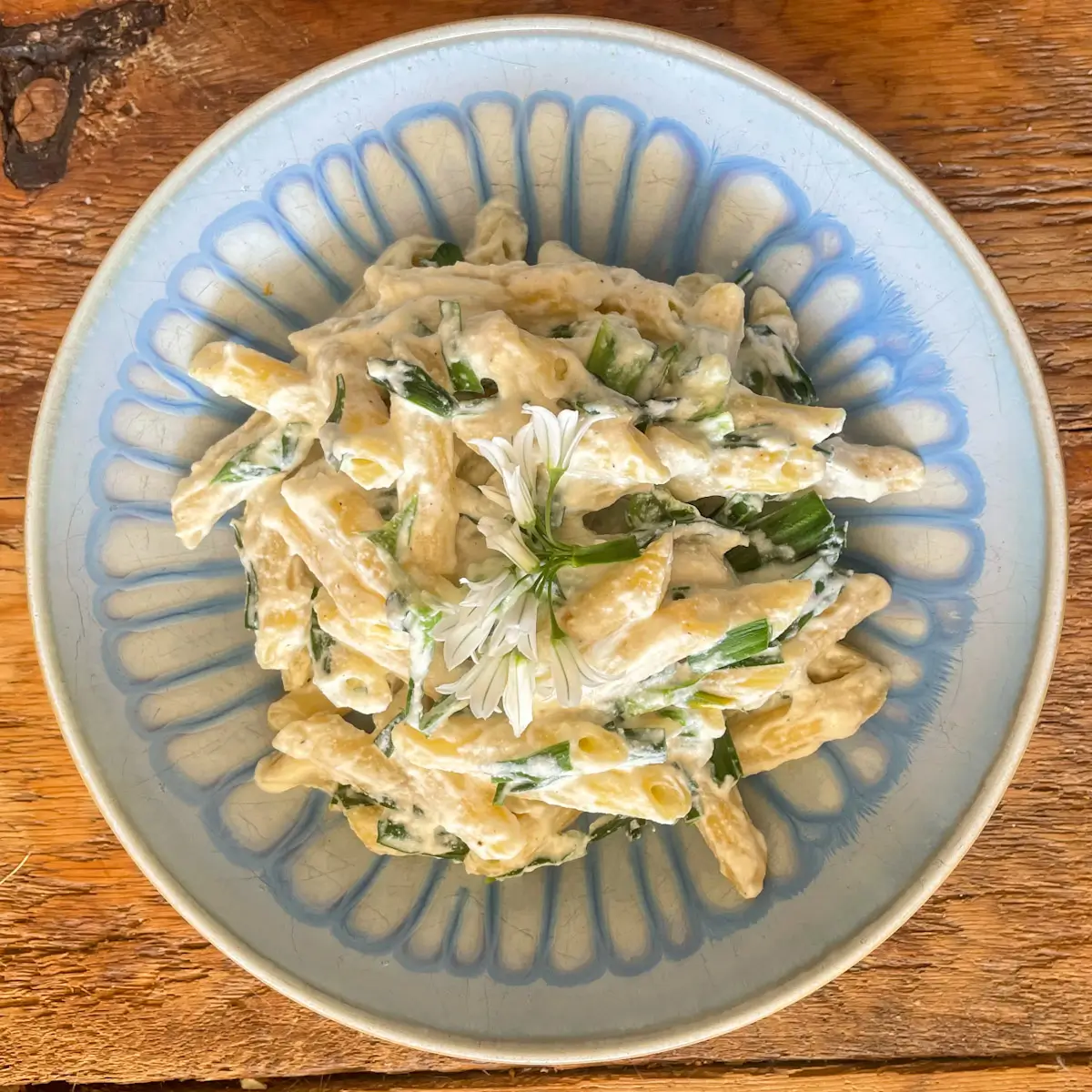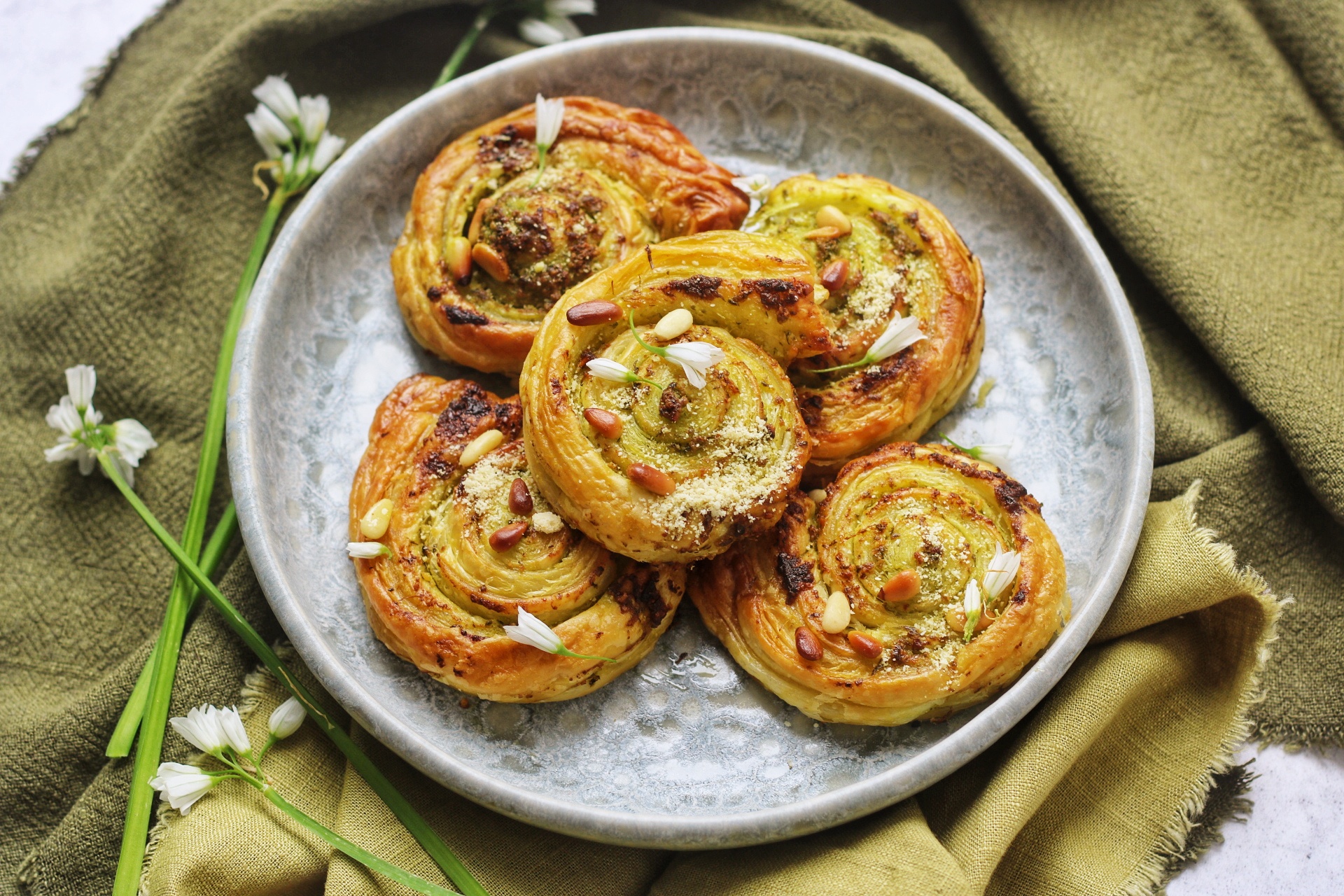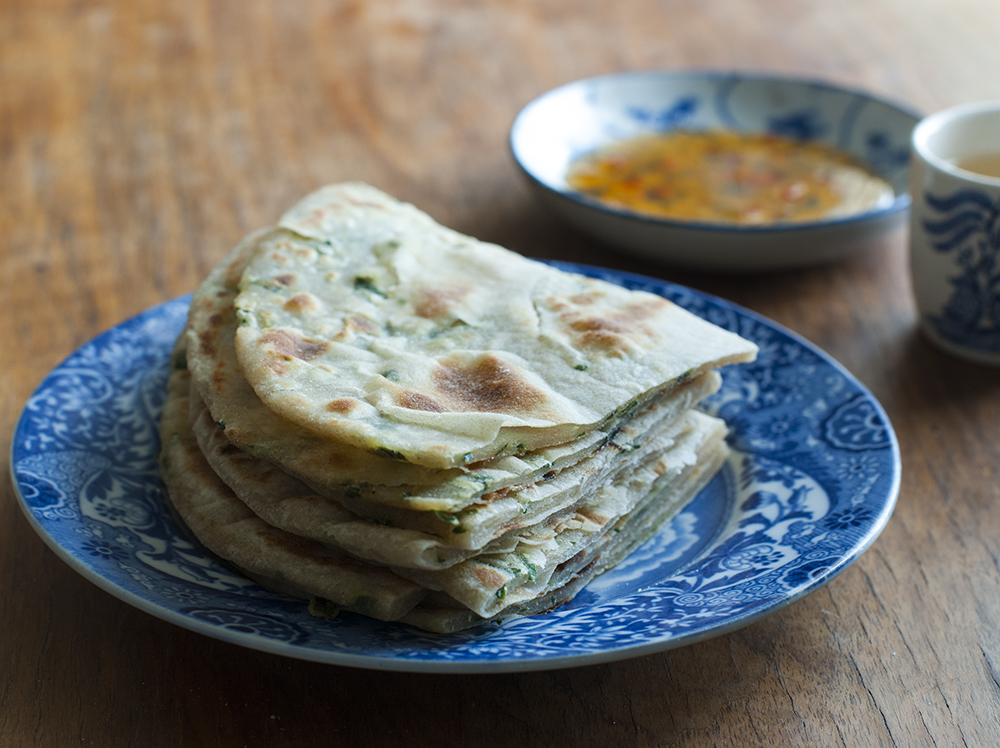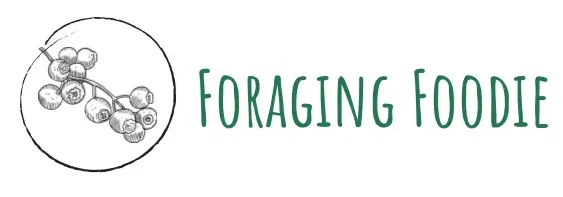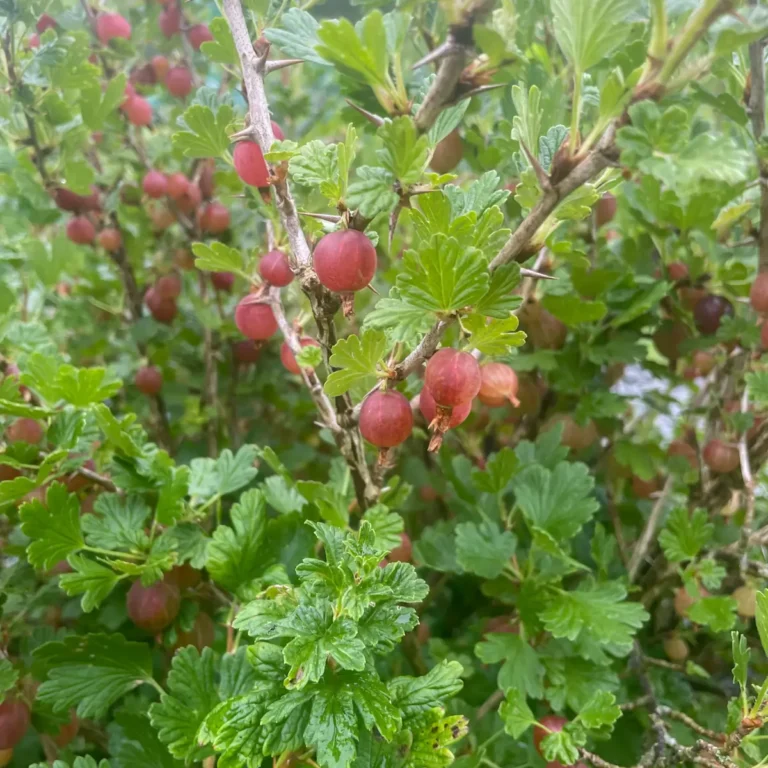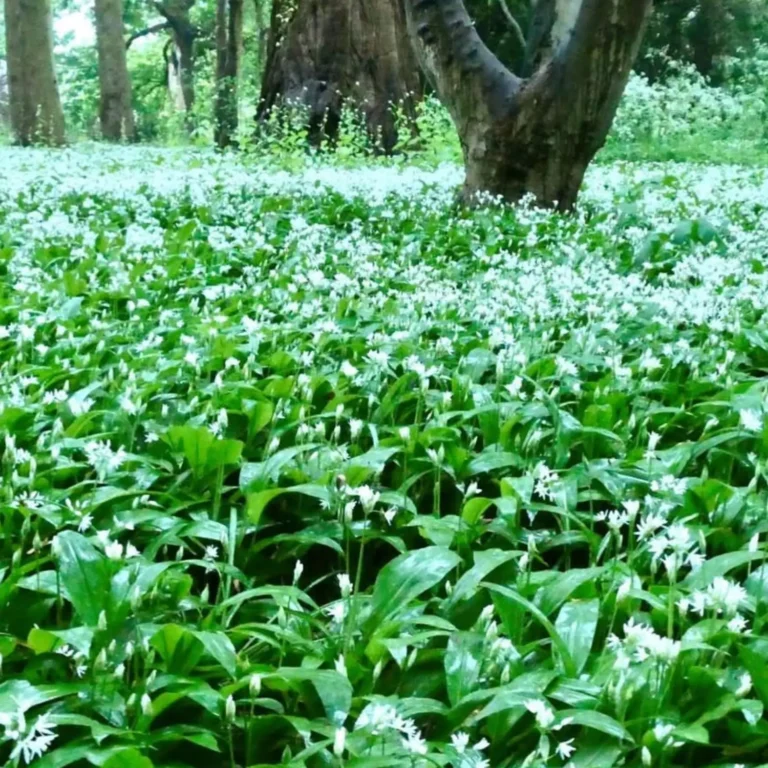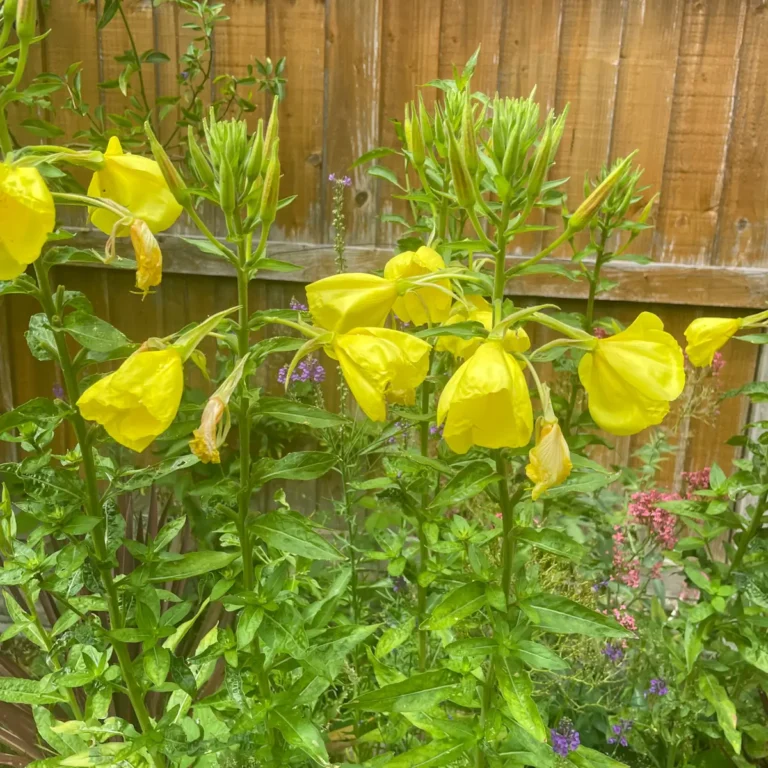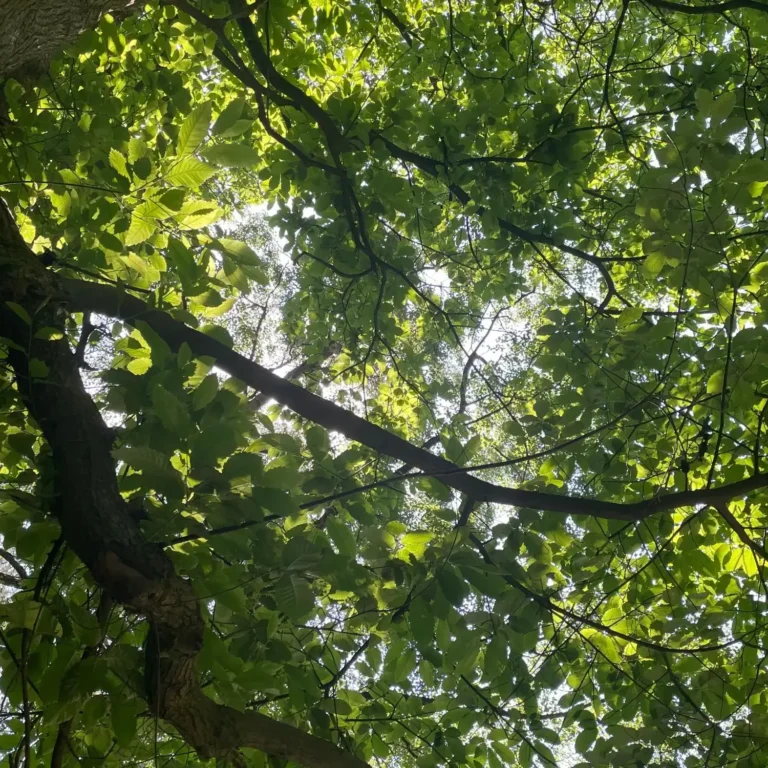Mild, oniony and utterly underrated – three-cornered leek is one of my favourite springtime finds.
Three-cornered leek is one of the earliest signs of spring, offering a delicate garlicky flavour similar to spring onions and wild garlic. It’s part of the allium family and is completely edible, leaves, flowers and stems alike. Often found carpeting woodland paths or popping up along roadsides, it’s an easy and abundant plant to forage once you know what to look for.
How to Identify
- Leaves: Bright green, narrow, and soft with a distinctive triangular shape if you gently roll them between your fingers. They resemble a flatter, more delicate version of chives.
- Flowers: Small, bell-shaped white flowers with a green stripe on each petal. Usually hang in clusters, nodding downward.
- Stem: Hollow and triangular in cross-section. Try rolling it between your fingers to feel the edges.
- Smell: Crush a leaf or stem, and you’ll get an unmistakable onion-garlic scent.
Common lookalikes: Snowdrops (toxic), bluebells (toxic) – neither of which smell of onion when crushed. Use scent as your primary confirmation.
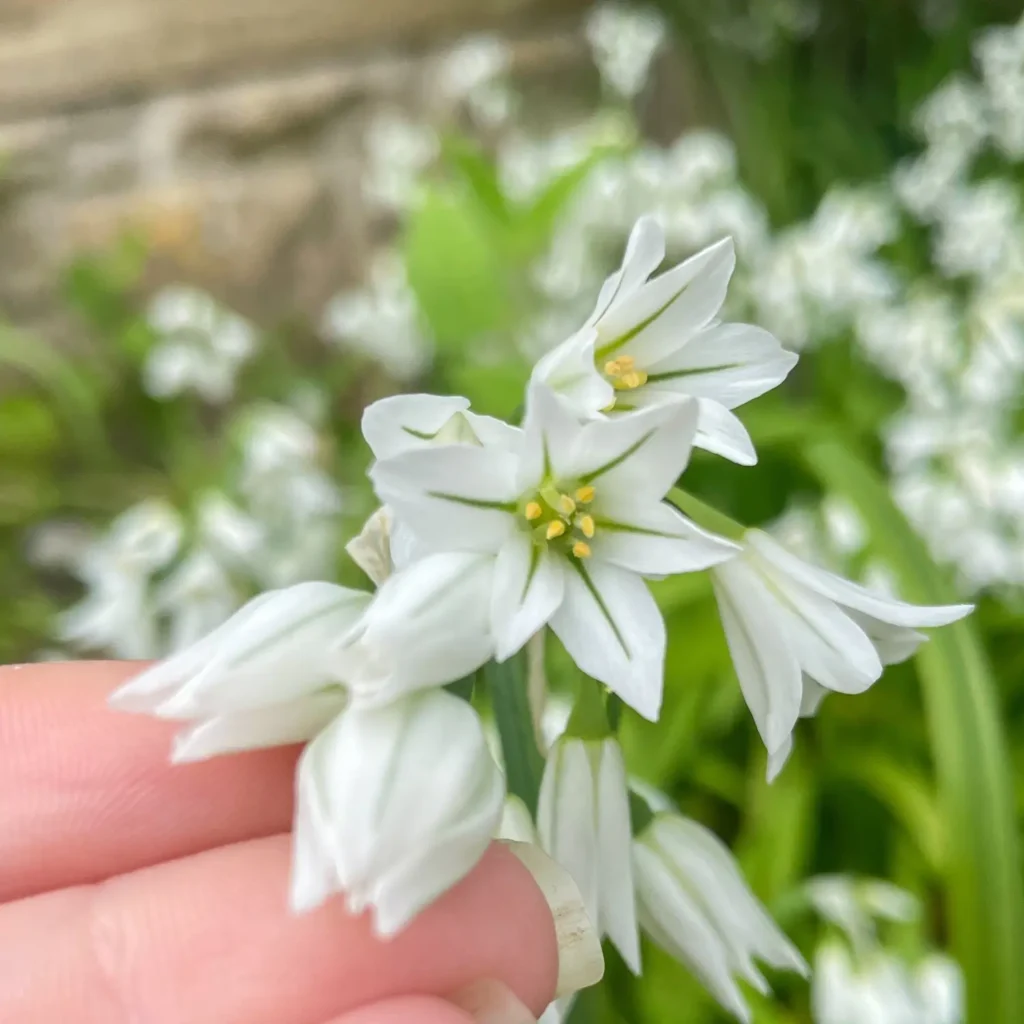
Where to Find It
- Grows in moist, shaded environments: woodland paths, riverbanks, roadsides, hedgerows, churchyards.
- Often forms dense clumps or carpets.
- Originally introduced as an ornamental plant, now naturalised and considered invasive in some regions. It’s illegal to cause three-cornered leek to grow in wild areas in the UK, so be careful that you don’t spread it around.
Note: Be cautious of areas sprayed with herbicides or polluted by road runoff. Avoid foraging too close to busy roads
When to Forage
- Leaves: Best between February and April – tender and vibrant before flowering.
- Flowers: Appear from March through May. Mild and slightly sweet; beautiful as edible garnishes.
- Bulbs: Edible, but be careful when digging them up that you don’t harm the patch.
Sustainable Foraging Tips
- Take only what you need – a few handfuls from a large patch is usually enough.
- Pick from different clumps to avoid overharvesting any one area.
- Rinse thoroughly when home – especially if gathered near paths frequented by dogs.
How to Use & Store
- Use fresh as you would spring onions, chives, or garlic chives.
- Add raw to salads, pestos or sandwiches for a light onion kick.
- Great wilted into omelettes, quiches, soups and stir-fries.
- Store in fridge, wrapped in a damp paper towel inside a container. Keeps for 3–5 days.
- Chop and freeze in olive oil in ice cube trays for easy use year-round.
What To Cook With Three-Cornered leek
Three cornered leek is highly versatile and you can use it in a huge range of recipes. Why not try some of these?
